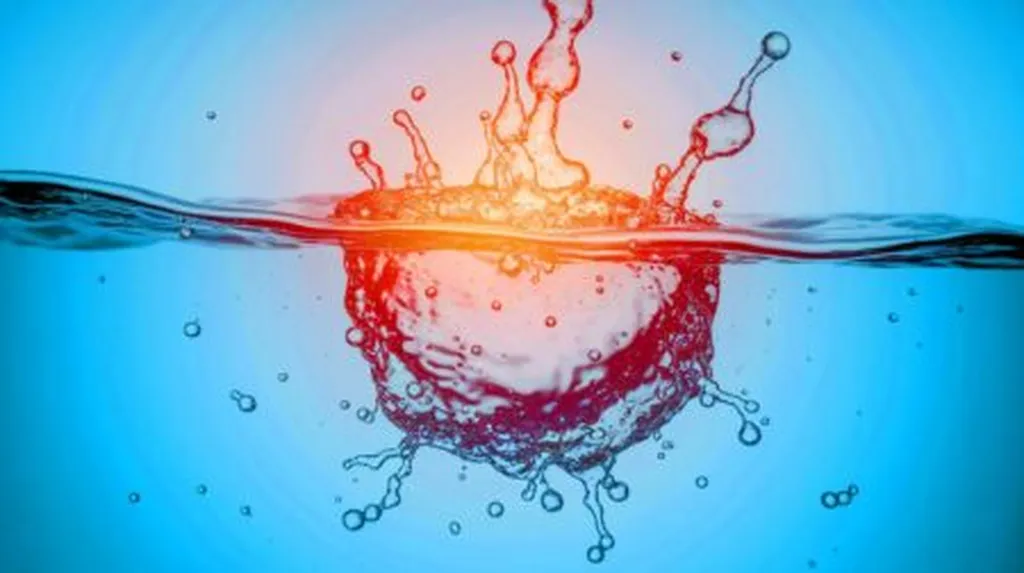In the heart of Poland, at the Institute of Physics, University of Szczecin, a team led by Rakesh Dubey is unraveling the mysteries of nuclear fusion, with implications that could reshape our understanding of energy production and nuclear reactions. Their latest research, published in the journal ‘Atoms’ (translated from Polish as ‘Atoms’), delves into the intricate dance of neutrons during fusion reactions, offering new insights that could revolutionize the energy sector.
At the core of their study is the concept of surface diffuseness, a parameter that describes how gradually the nuclear potential changes at the surface of an atomic nucleus. This might sound esoteric, but it’s crucial for understanding and predicting fusion reactions, which are the holy grail of clean, almost limitless energy. Dubey and his team have been investigating how neutron transfer— the exchange of neutrons between colliding nuclei—affects this surface diffuseness.
“Neutron transfer mechanisms substantially contribute to reducing surface diffuseness values,” Dubey explains. “This effect is particularly pronounced in reactions involving neutron-rich isotopic combinations.” In other words, when nuclei with extra neutrons collide, the way they interact changes significantly, and this can greatly influence the likelihood of a successful fusion reaction.
The team used advanced coupled-channel computational frameworks to model these complex interactions. These frameworks allow scientists to simulate the behavior of nuclei as they collide, taking into account various factors like vibrational and rotational excitations, and crucially, neutron transfer. By comparing their calculations with experimental data, they’ve shown that neutron transfer plays a significant role in shaping the nuclear potential, particularly the surface diffuseness.
So, why does this matter for the energy sector? Well, fusion reactions are the powerhouses of the universe, fueling stars and offering the promise of almost limitless, clean energy here on Earth. However, harnessing this power is a monumental challenge. Understanding the nuances of nuclear interactions, like the role of neutron transfer, could help scientists design more efficient fusion reactors, bringing us one step closer to a future powered by clean, abundant energy.
Moreover, this research isn’t just about fusion. The insights gained could also improve our understanding of other nuclear reactions, with potential applications in medicine, materials science, and even space exploration. For instance, neutron transfer processes are thought to play a significant role in the nucleosynthesis of heavy elements in stars, a process that could be better understood with the help of this research.
Looking to the future, Dubey’s work could pave the way for more accurate theoretical models of nuclear reactions, enabling scientists to predict and control these processes with unprecedented precision. This could lead to breakthroughs in fusion energy, as well as other fields that rely on our understanding of nuclear interactions.
As Dubey puts it, “This research highlights the critical importance of incorporating neutron transfer pathways when modeling fusion cross-sections.” In other words, if we want to unlock the power of fusion, we need to pay close attention to the tiny, dancing neutrons. And that’s exactly what Dubey and his team are doing, one calculation at a time. Their work, published in ‘Atoms’, is a testament to the power of curiosity-driven research, and a beacon of hope for a future powered by clean, abundant energy.




